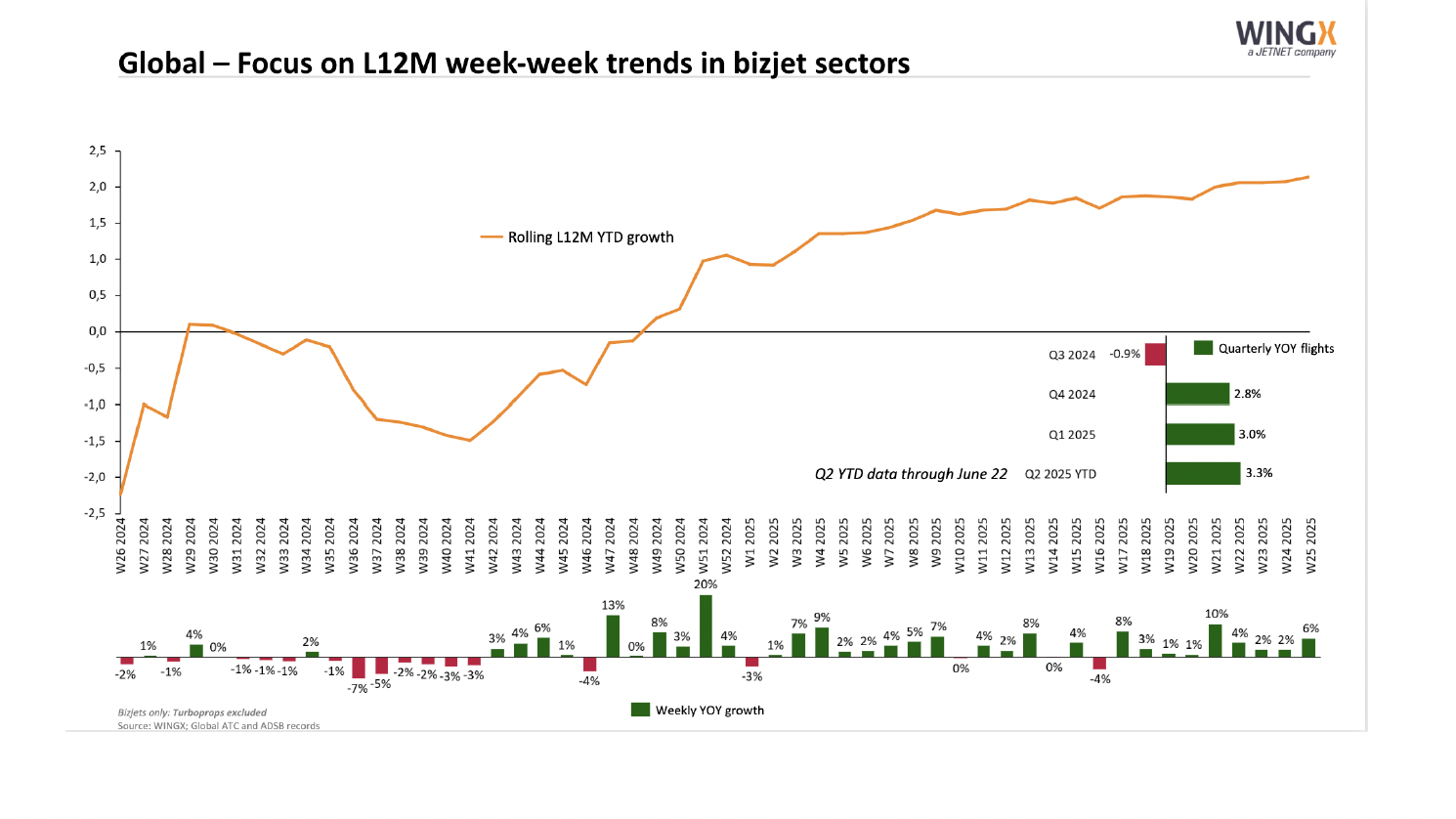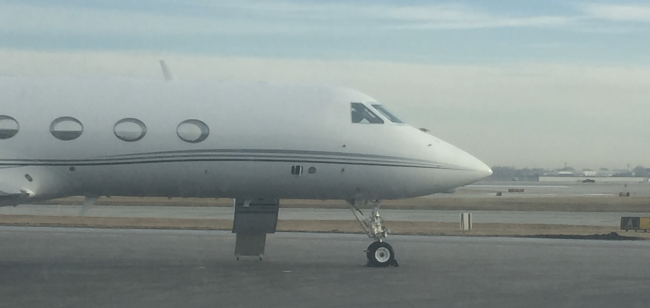

Data from Argus shows Part 135 private jet charters continued to push the recovery of business aviation last month. In October, there were 802,054 flights, 8.7% below 2019 levels. That includes 14 days in which traffic was higher than the same date last year.
It marked an improvement from September when flights were down 12% year-over-year. During the steepest part of the COVID-19 crisis, Part 135 flights fell 67% in April, including a nadir on April 12 when they were off 84%.
| Month | Part 135 | Part 91K | Part 91 |
| March | – 26.8% | – 30.4% | – 35.4% |
| April | – 67.0% | – 80.4% | – 68.0% |
| May | – 47.01% | – 54.5% | – 45.9% |
| June | – 22.2.% | – 25.4% | – 27.8% |
| July | – 15.1% | – 19.2% | – 23.1% |
| August | – 16.5% | – 16.9% | – 24.9% |
| September | – 12.0% | – 12.2% | – 17.5% |
| October | – 8.7% | – 11.1% | – 16.9% |
Fractional share operators, likely powered by NetJets and Flexjet, which make up approximately 80% of the total, also had their best month since the outset of COVID, with 31,897 flights in October, down 11%. In September, Part 91K operators were off 12.1%. In April, flights were down 80.3%.
Part 91 flying continued to lag, although the year-over-year deficit improved to a 16.9% reduction in October compared to a 17.5% drop in September.
Looking globally, WingX reports worldwide charter were down just 6% in October compared to 2019, while fractional operators saw activity down just 8%. However, it reports flights by private jets used exclusively by owners were off 20%.
Despite the many positive numbers, WingX managing director Richard Koe warns, “With the resurgence of the virus in Europe inevitably heading towards the United States, the industry faces a turbulent few months.”
He notes, “The business traveler isn’t going to come back in large numbers this winter so much depends on the sustainability of leisure demand, in particular for charter flights, with previously occasional customers flying more, and reportedly a significant number of first-time entrants coming into the market.”